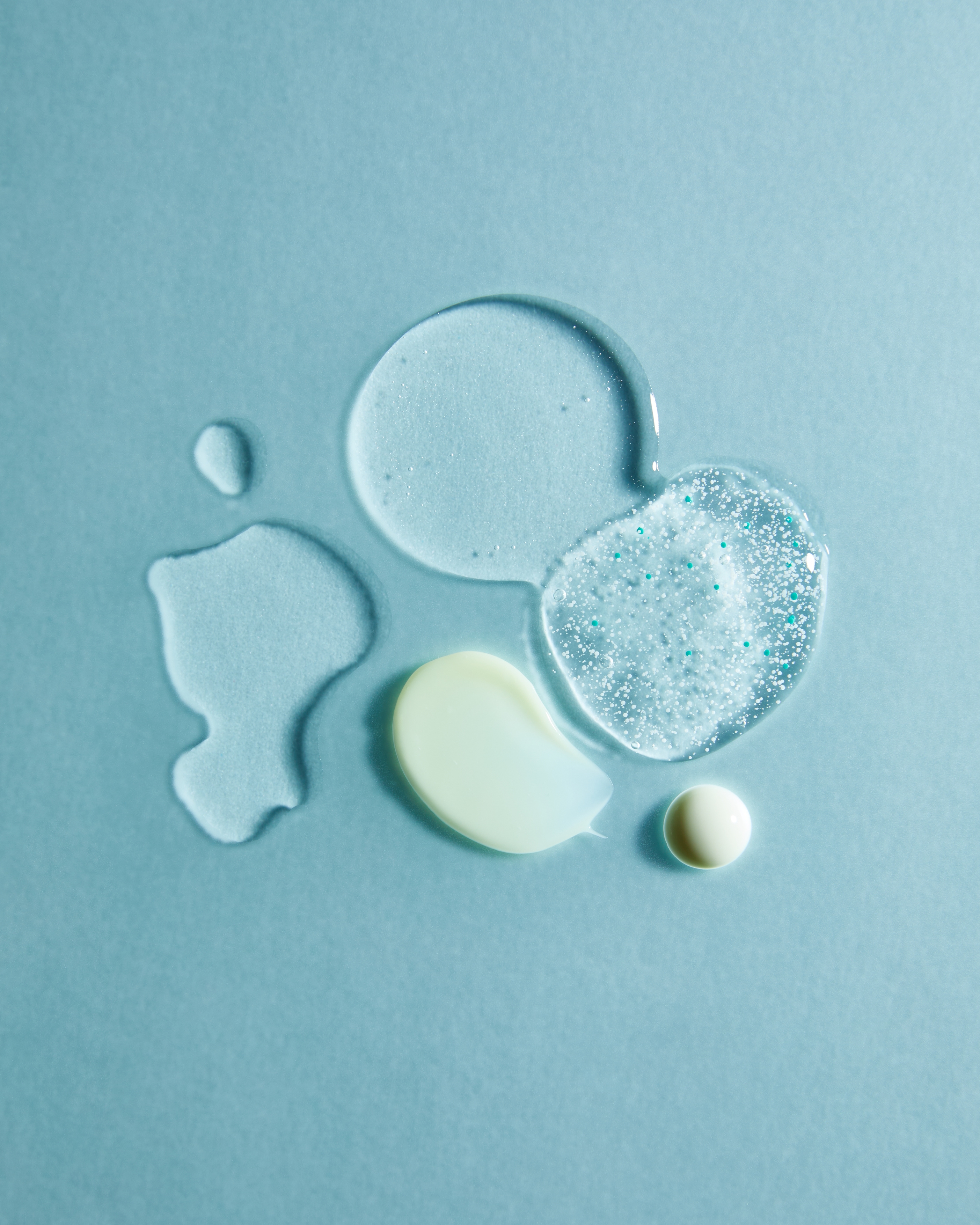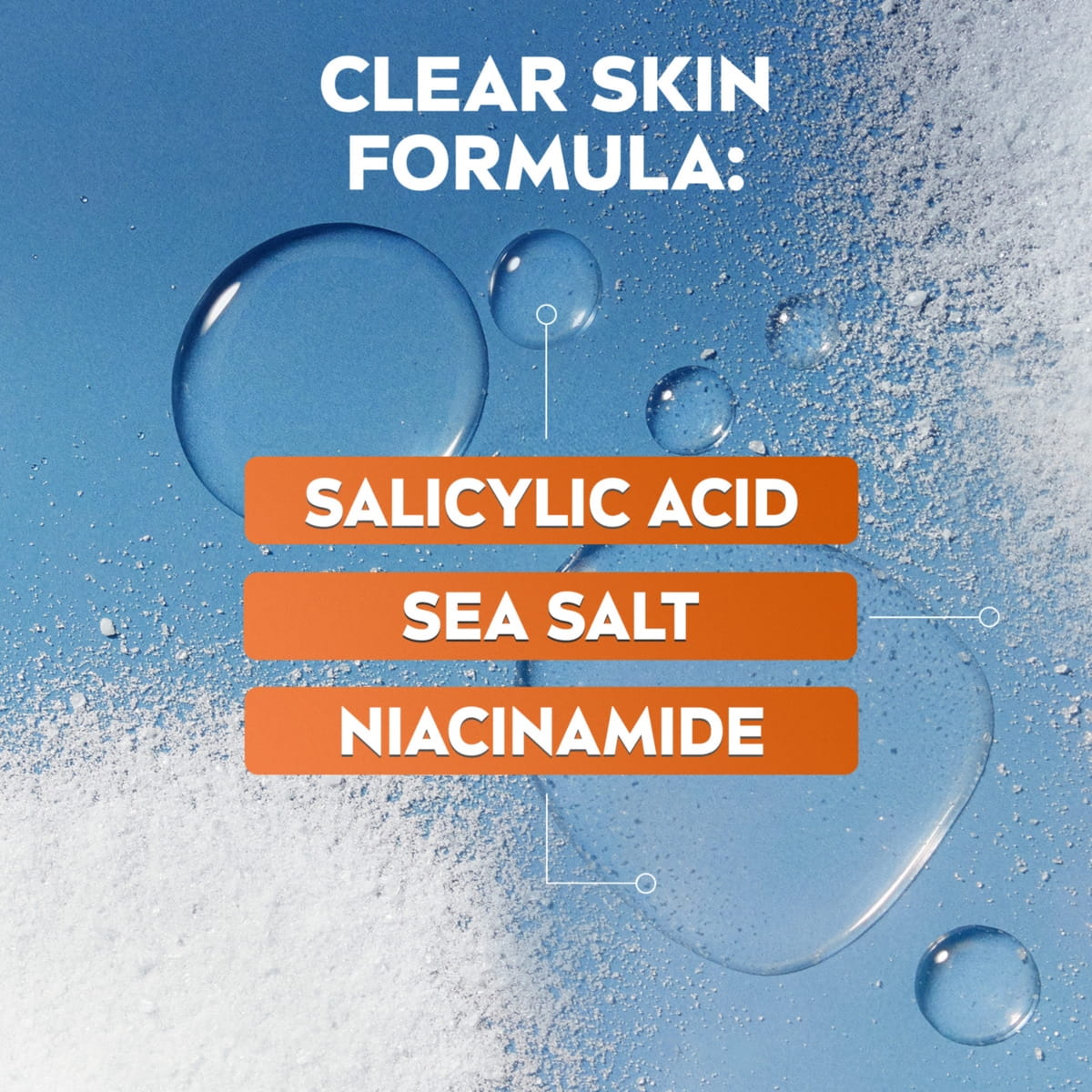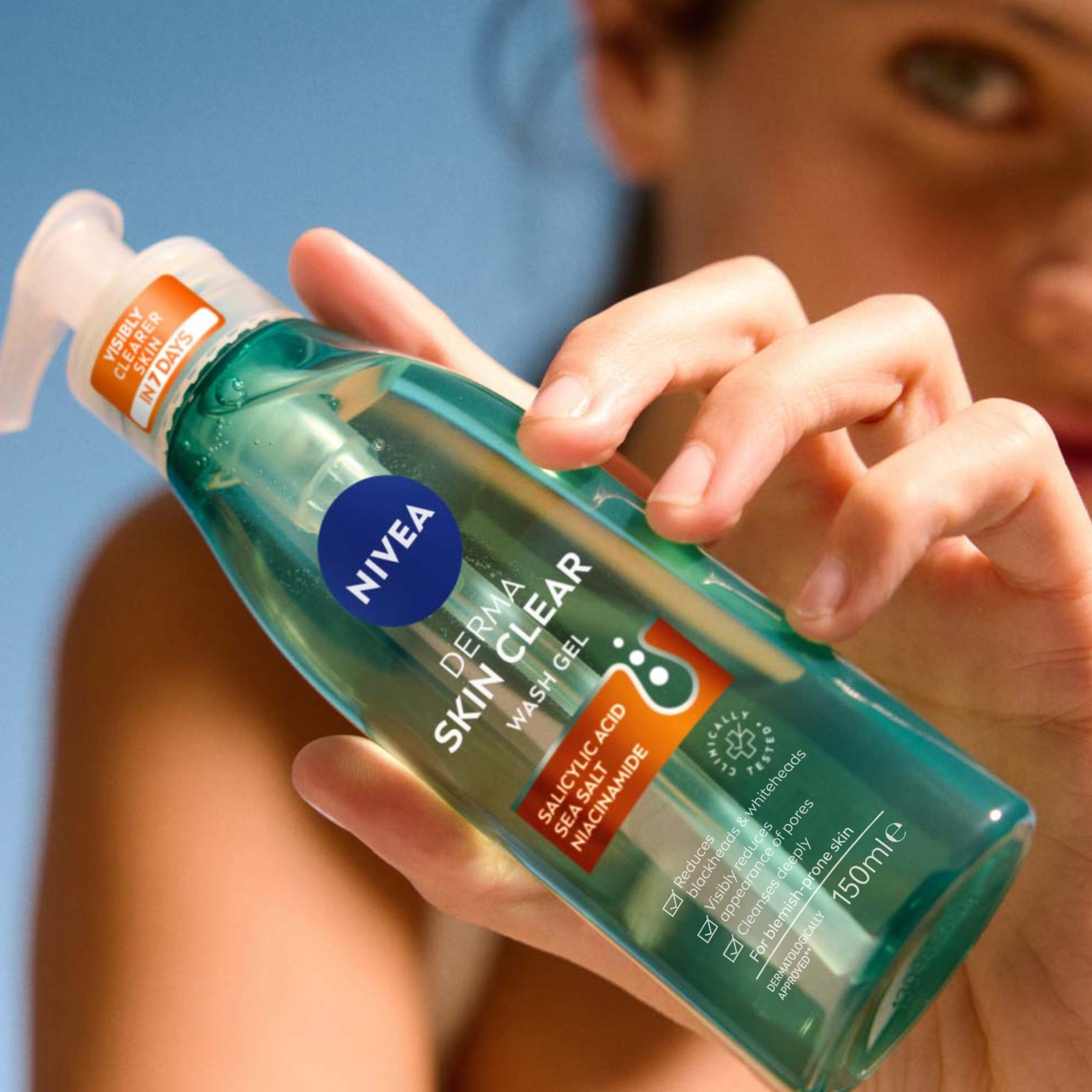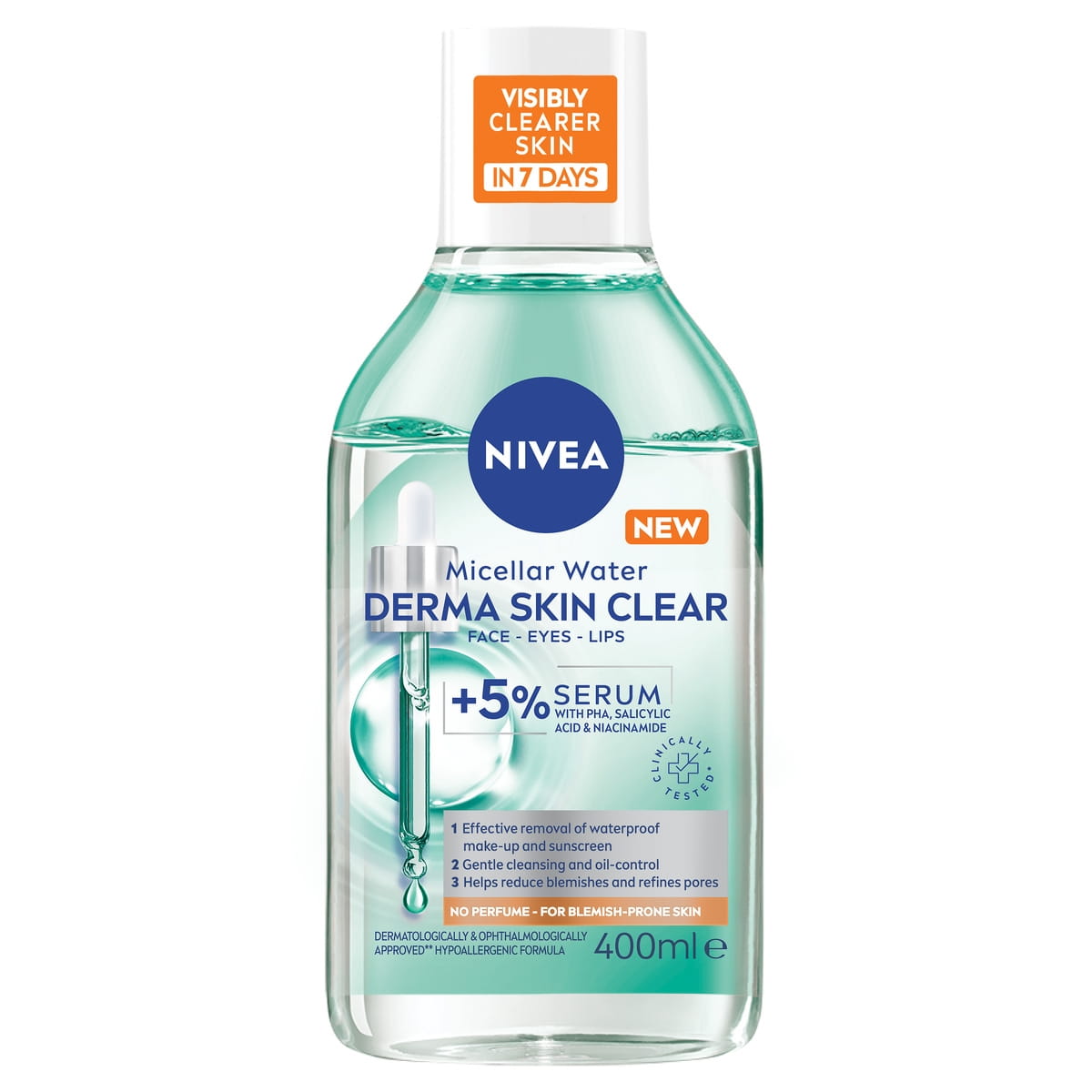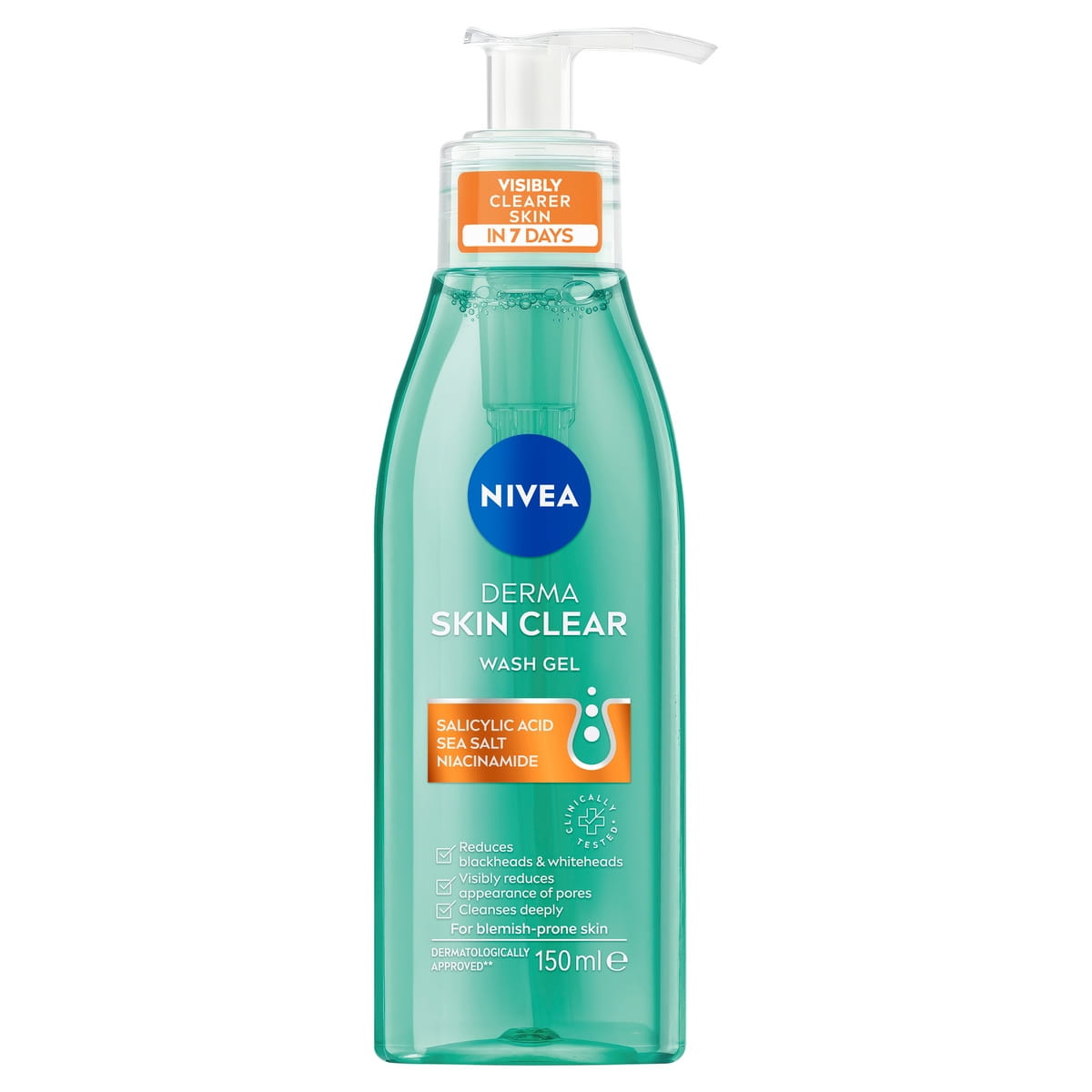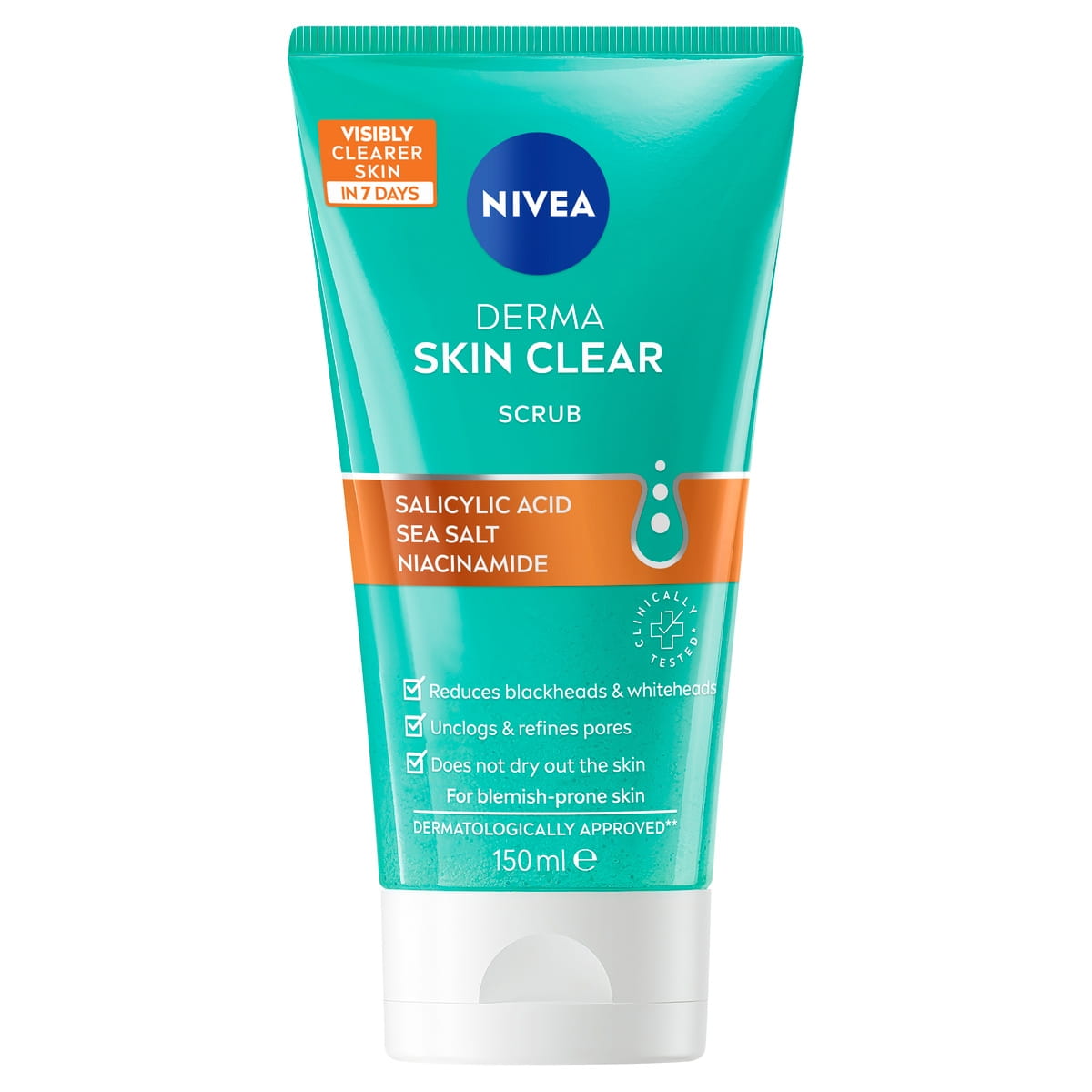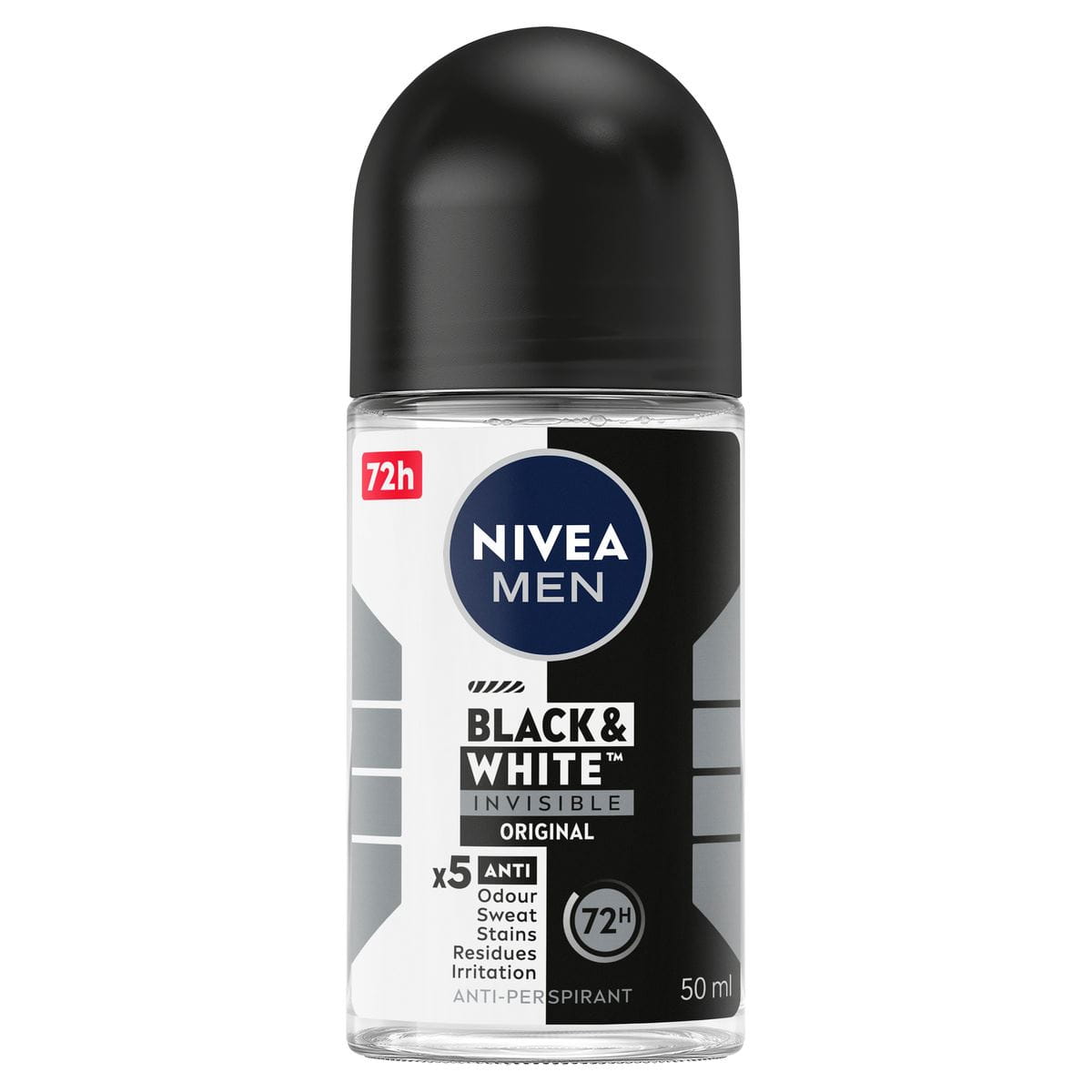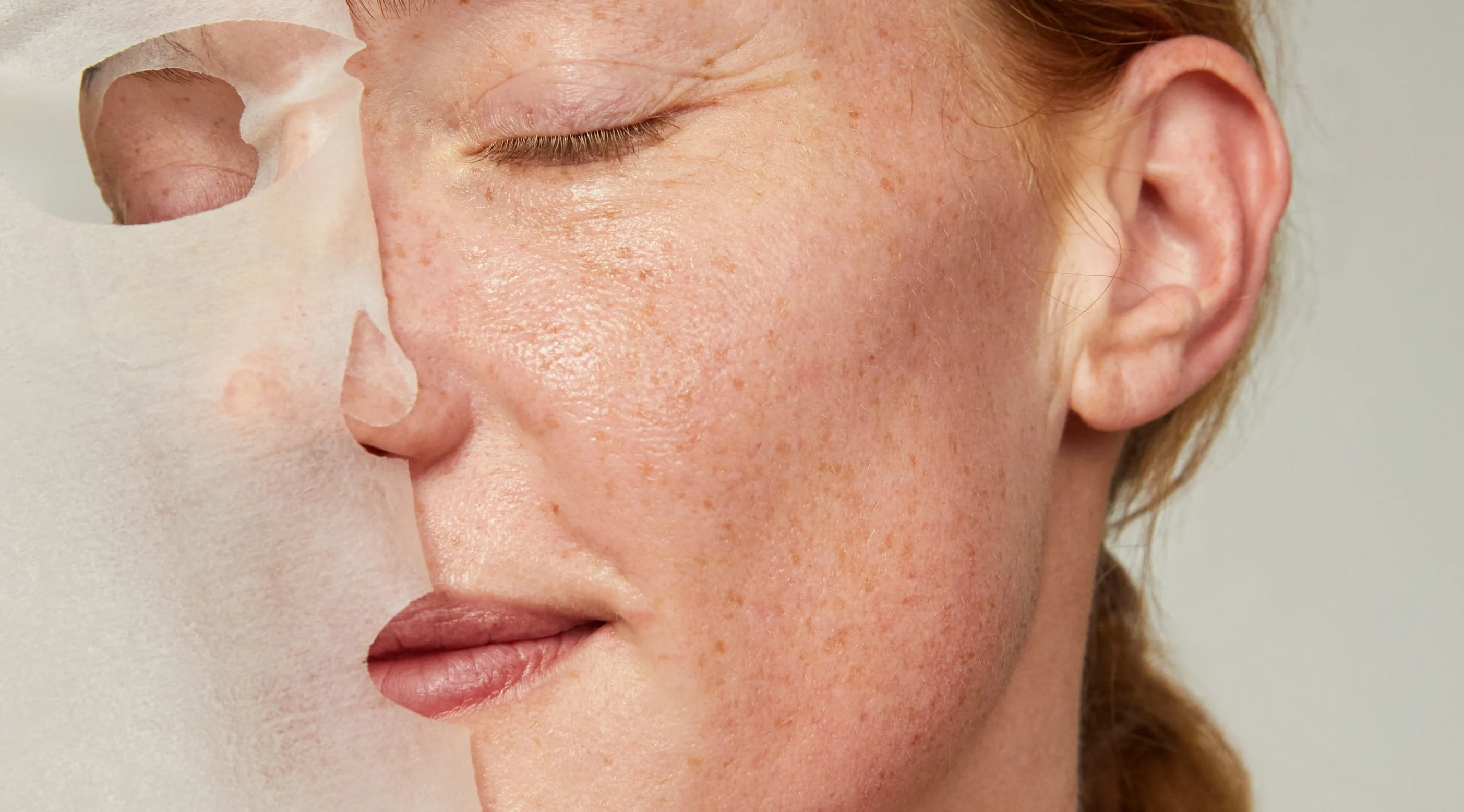
Salicylic Acid for Pimples:
How It Works & Skincare Benefits
How It Works & Skincare Benefits
What is Salicylic Acid?
What Does Salicylic Acid Do for the Skin?
Salicylic acid benefits the skin by penetrating pores, dissolving the bonds between dead skin cells and clearing excess oil and debris. As a BHA, it exfoliates the pore lining, making it effective for managing blackheads, whiteheads or pimples which often appear. Salicylic acid has become an active choice due to its gentle yet effective ingredients, especially for blemish-prone skin.
Salicylic Acid Skincare Benefits
Is Salicylic Acid Good for Acne and Pimples?
How to Use Salicylic Acid for Pimples
Is Salicylic Acid Right for Your Skin Type?
Due to its gentle properties, salicylic acid can be used on all skin types. Although to capture the full benefit, it may be more suitable for blemish prone, or combination to oily skin. As it is a BHA, those with dry or sensitive skin may want to take extra caution when choosing the percentage of salicylic acid to incorporate. Start with low concentration products and only use in moderation, introduce the product gradually in your skin care routine. You may want to start by incorporating the ingredient in a face wash, like using our Derma Skin Clear Wash Gel.
Salicylic Acid FAQs
What does salicylic acid do?
How to use salicylic acid on face?
Can I use salicylic acid with retinol?
Can you use salicylic acid every day?
If you experience any irritation, seek advice from a medical professional. Talk to a medical professional or dermatologist to see if salicylic acid is appropriate for your skin.
